Palo Alto College
History 1302
September 7, 2006
Town of Live Oaks and Live Folks
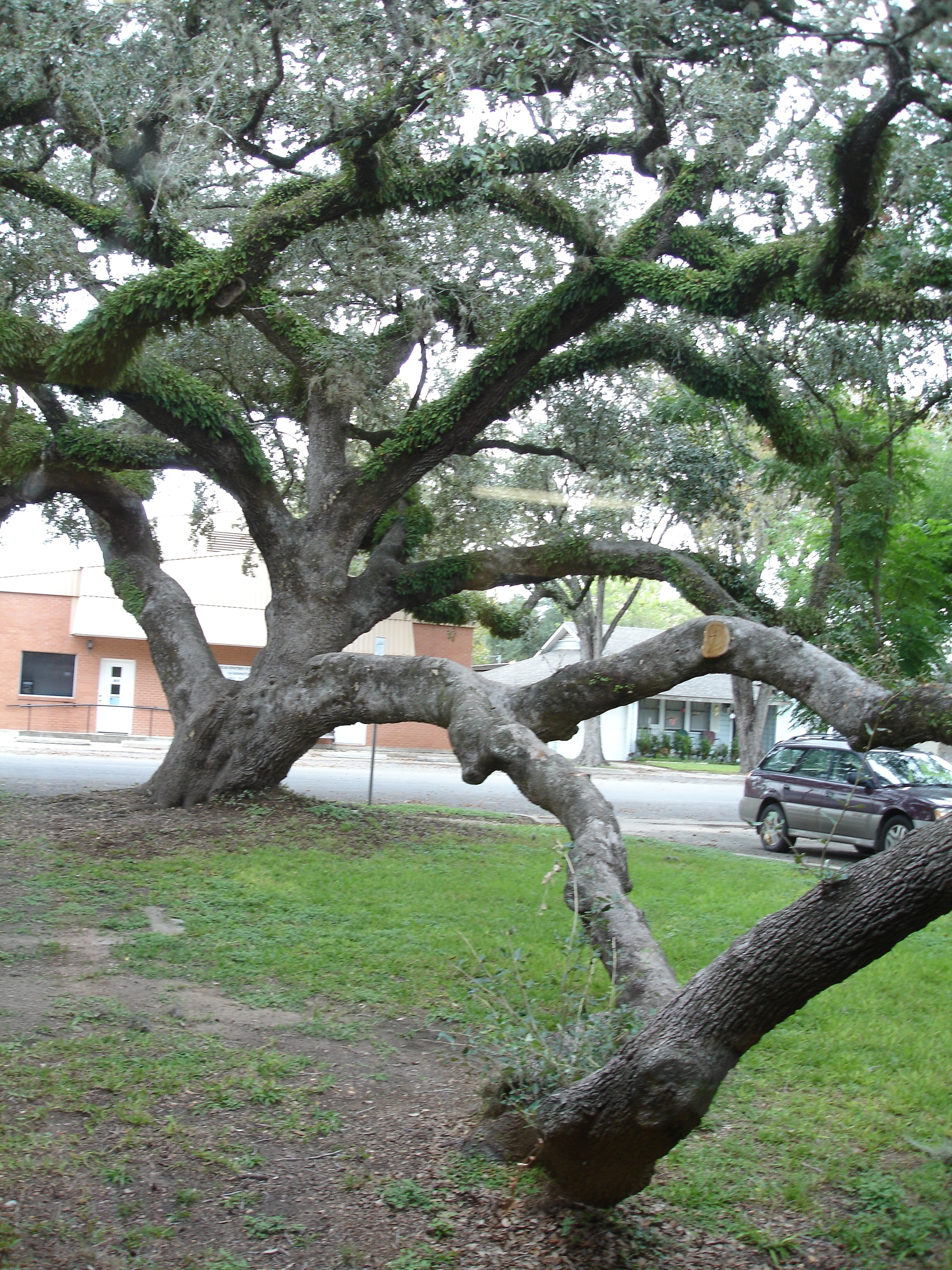
Palo Alto College |
|
Dwayne Lettine History 1302 |
Robert Hines, Instructor September 7, 2006 |

|
|
Columbus, Texas is located off of Interstate Highway 10 just sixty-five miles southwest of Houston. Today, it holds a population of 3,916 live folks and is a historical marker in itself in the Lone Star State.
The small town of Columbus, Texas came about when a settler by the name of Benjamin Beeson settled in the area in 1822. It started off as a river crossing and by 1823, a small community was developed and it was known as Beeson’s Ferry. The town was also known as the projected capital of Stephen F. Austin. In 1835, it was renamed Columbus due to the proposal of another settler who came from Columbus, Ohio. At this time, Columbus was owned by the Mexican government. The old three-hundred (settlers who came from the East) gained permission to create a seated government so that they could establish a municipality.
Although the town was originally settled by Beeson, the founding fathers of Columbus are
considered to be the Tumlinson family along with William B. Dewees. The
Tumlinsons were the first ones to receive official deeds from the Mexican
government to set up a municipality. Upon the death of John Tumlinson (died
1823) and Elizabeth Tumlinson (died 1830), the land they owned (present day
Columbus) was left to their six children. They met to split up the land amongst
themselves. John Tumlinson's son, John J. Tumlinson sold half of the land he
inherited to William B. Dewees in 1834. By the time DeWees came into ownership,
there were families who already occupied some of the land. For the next few
years, it would be known as DeWees' Crossing until the official name change.
Dewees later gave land for a new courthouse and school in 1836 after the town was burnt in the Texas Revolution. (see landmarks for pictures and more information on courthouse)
The town was burnt by General Sam Houston
to divert the Mexican Army. By burning Columbus, Houston was able to retreat to
San Jacinto where he won a decisive victory over Santa Anna in April 1836. This
battle was the winning battle for the Texans which won over Texas.
In 1923, Columbus celebrated its centennial with a celebration that attracted thousands of visitors. Throughout that time, the town became very prosperous due to mineral and agriculture businesses.
Columbus has over seventy historical markers with more in the making. Some include markers on the City of Columbus, William B. DeWees, The Colorado County Courthouse, and the Tumlinson family to name a few.
One inscription of a marker reads:
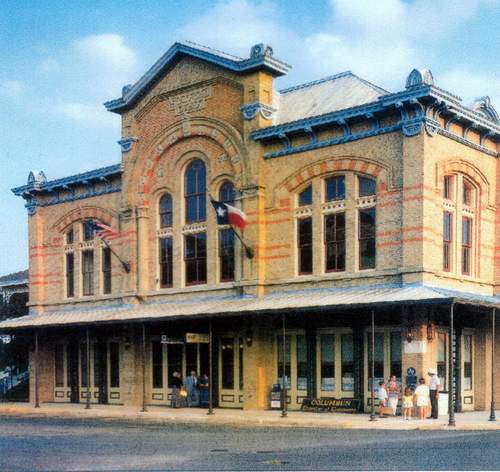
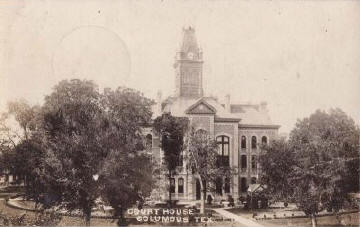 Before 1909
Before 1909  Present
Day (2006)
Present
Day (2006)
The Watertower
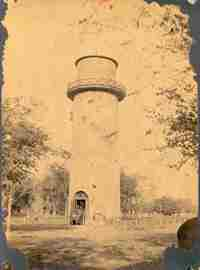 Before
(with tank)
Before
(with tank)  After
(without tank)
After
(without tank)
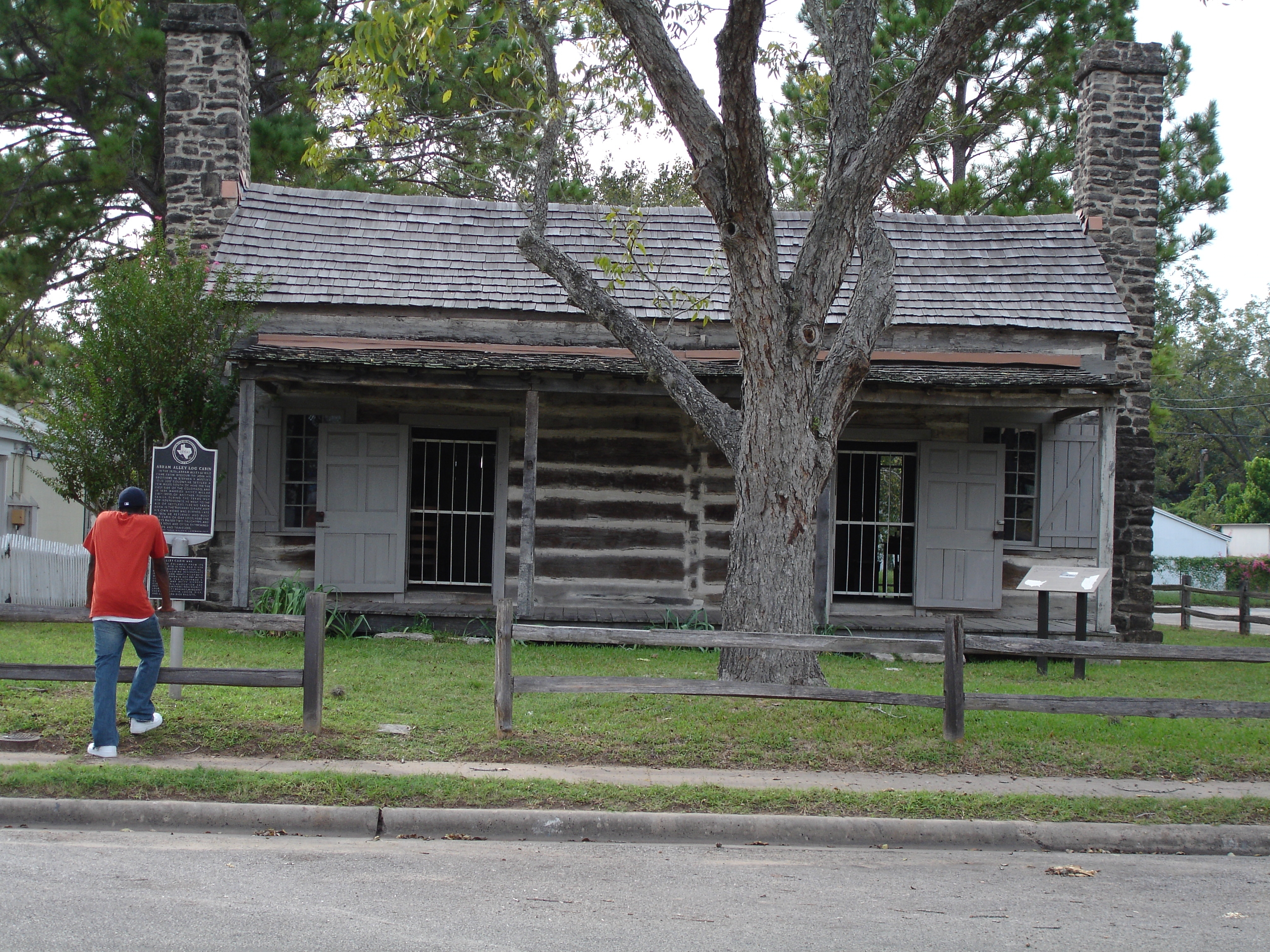
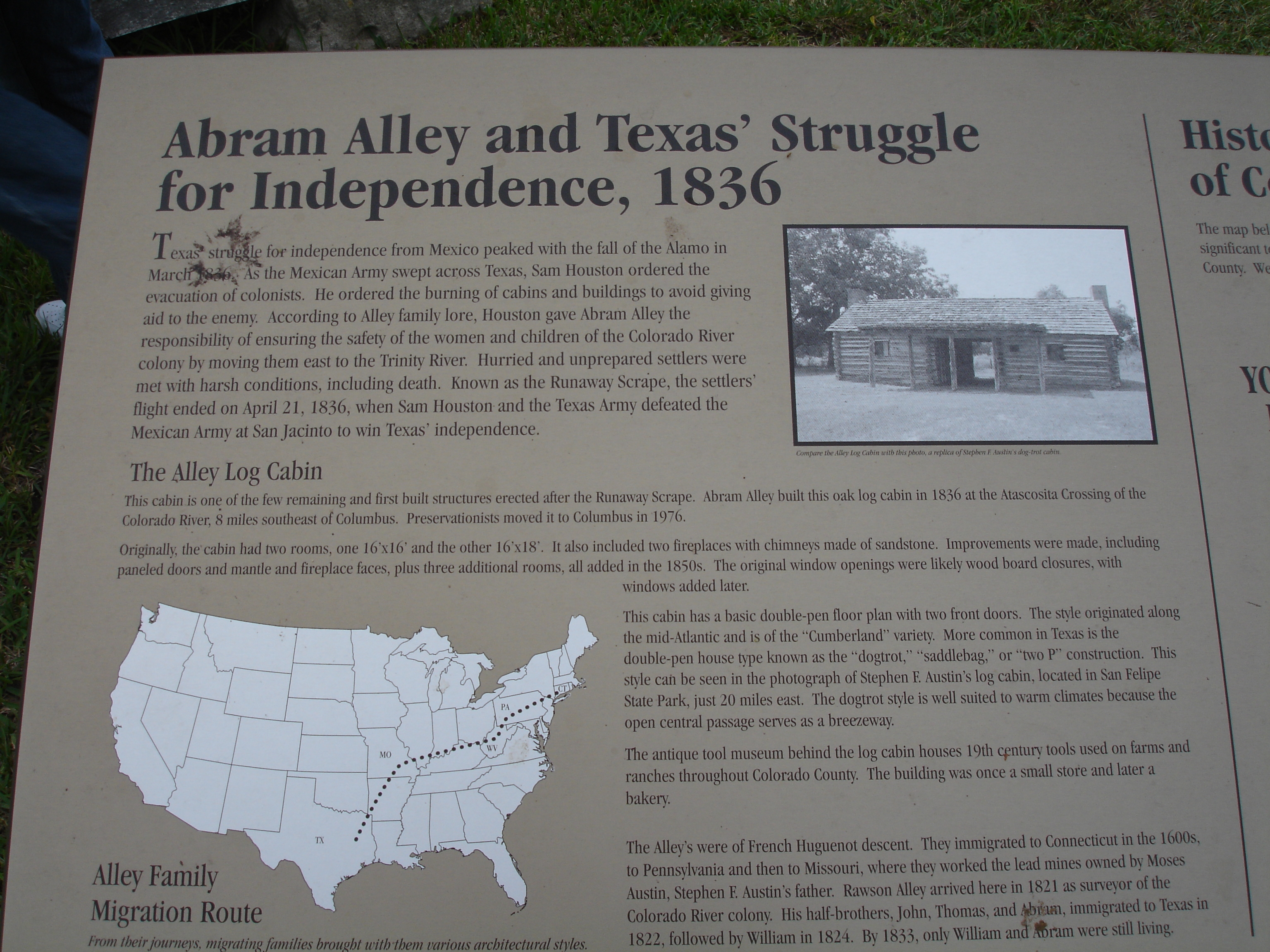

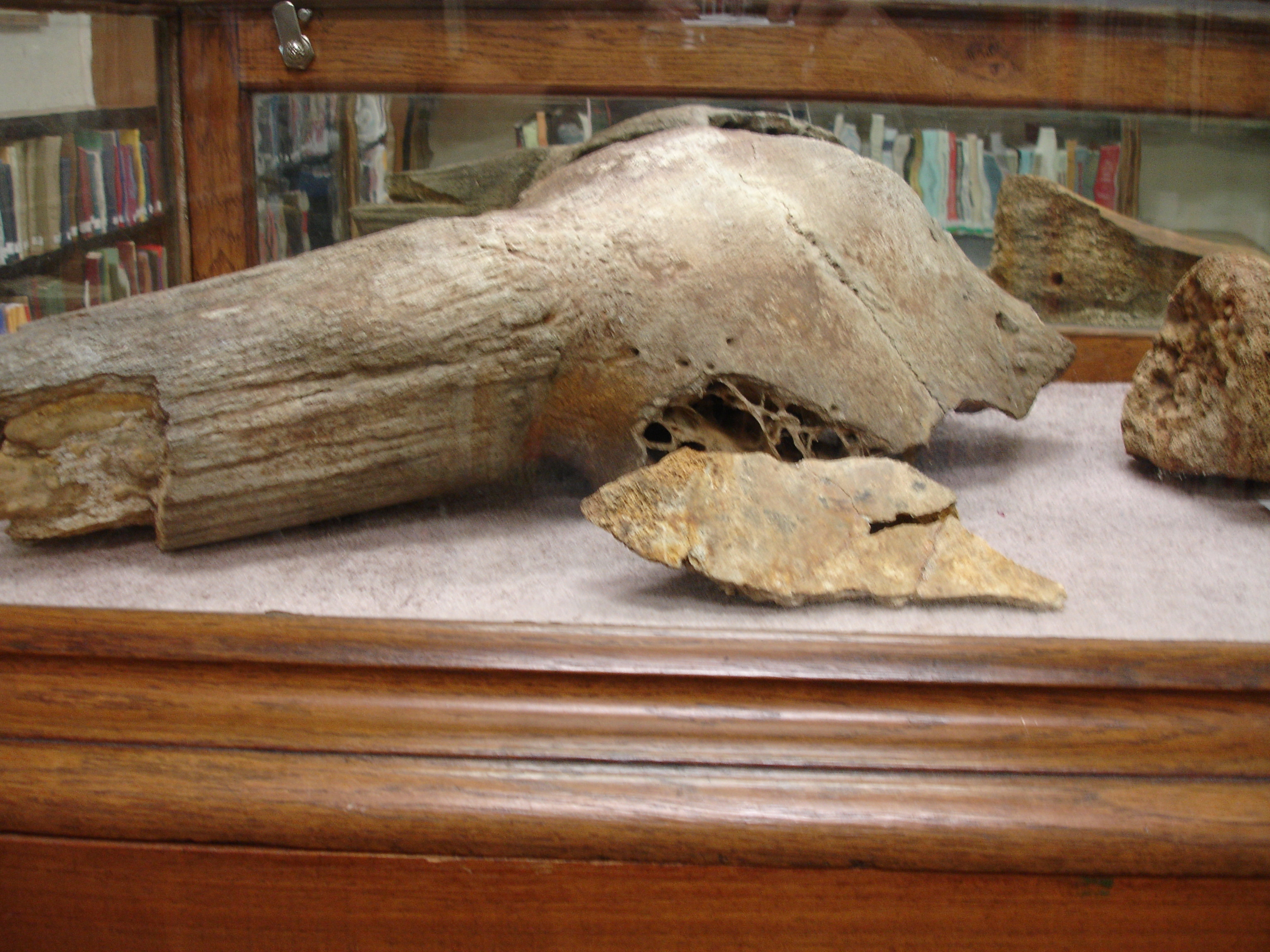
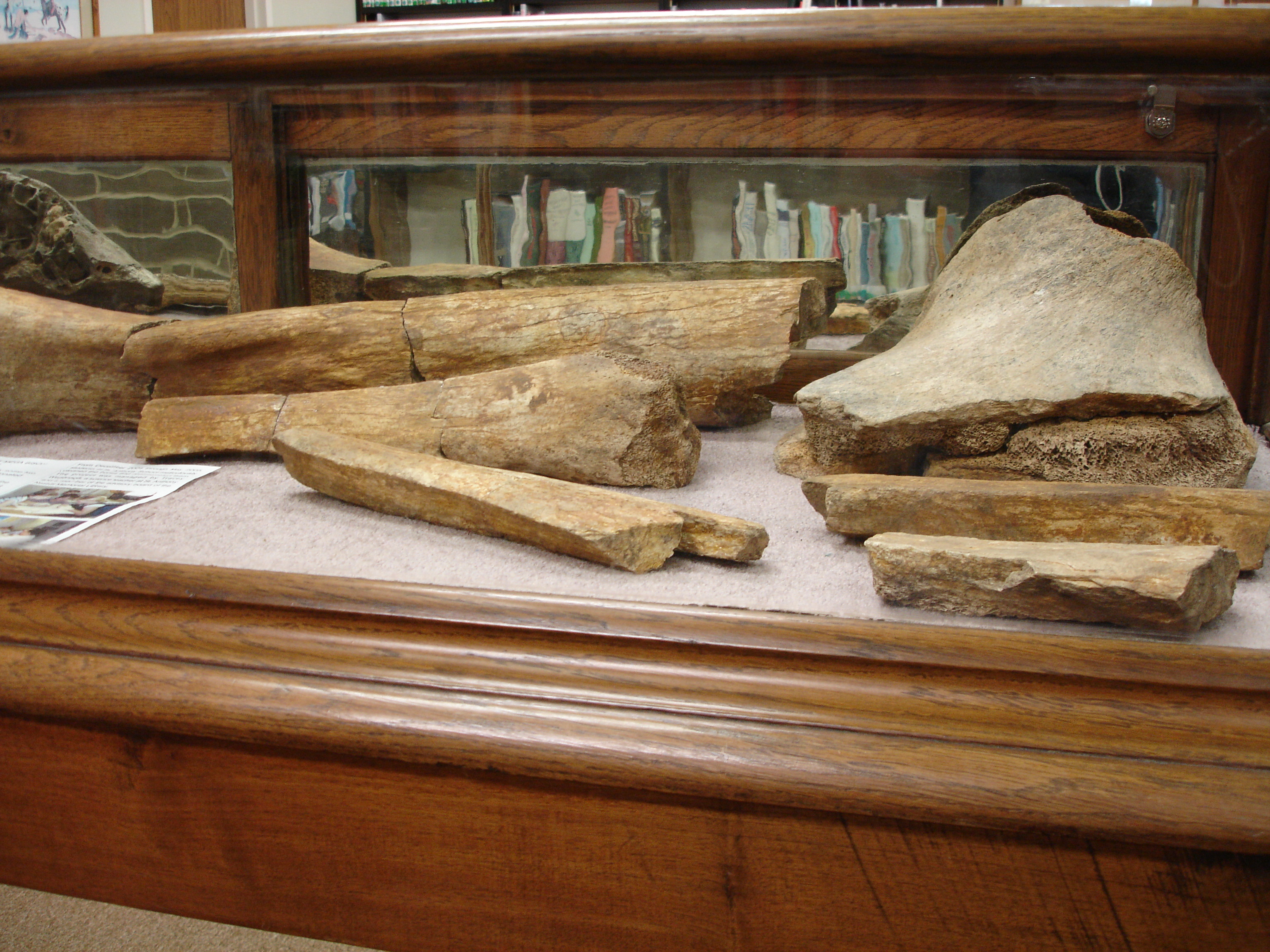


This is a picture of William B. DeWees grave.
Since then, this tree stands strong and bold in the town, taking us from a time when racism ruled our country to a time where Whites and Blacks can co-exist in a same time and space.
Today, there
are some issues concerning whether the hanging tree should be cut down or left
standing. Today, it is the memorial site for a teenager who was killed after
running his car into the tree. For more information regarding this controversy,
please click on the Hanging Tree link at the bottom of the page.
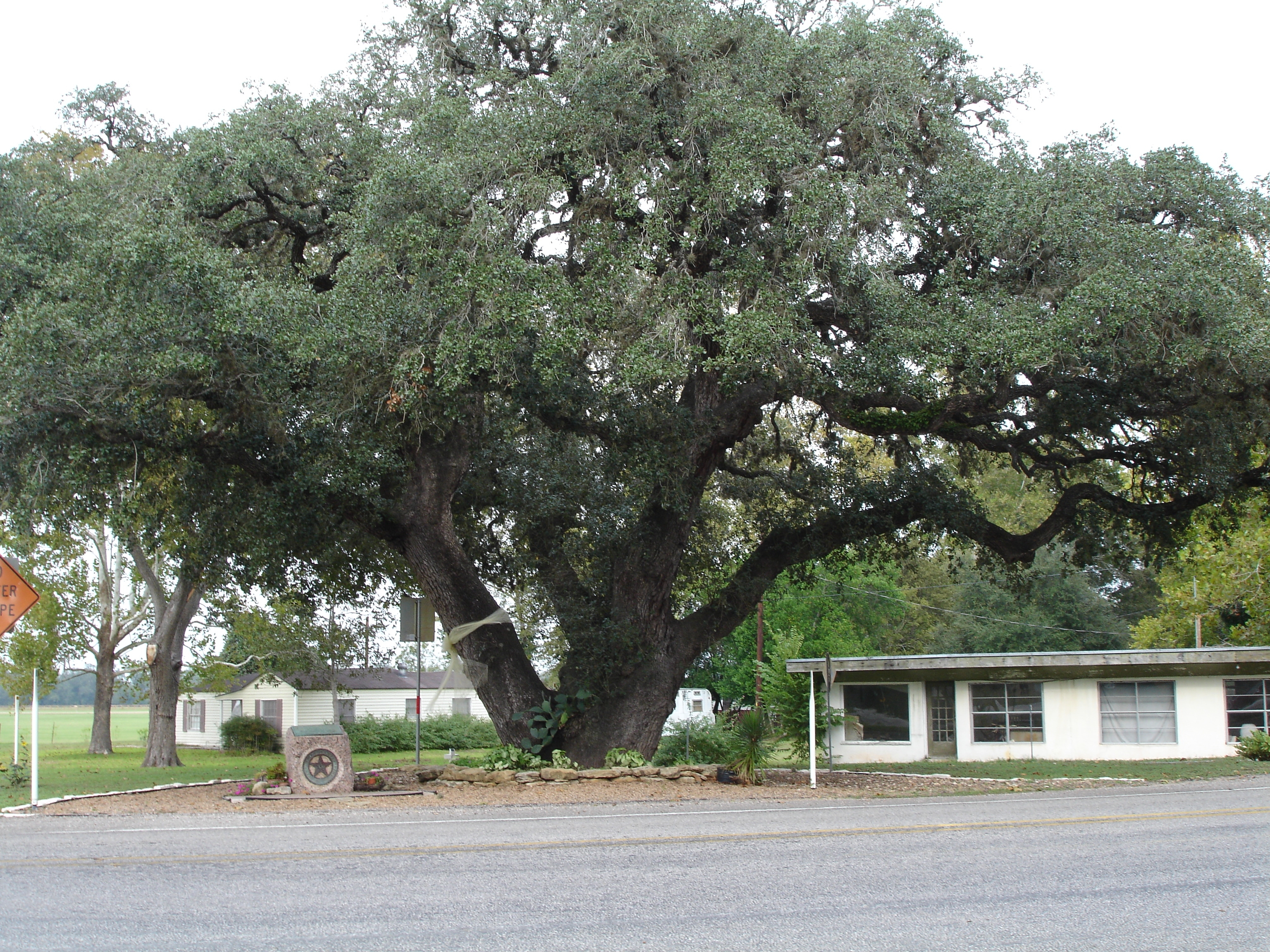
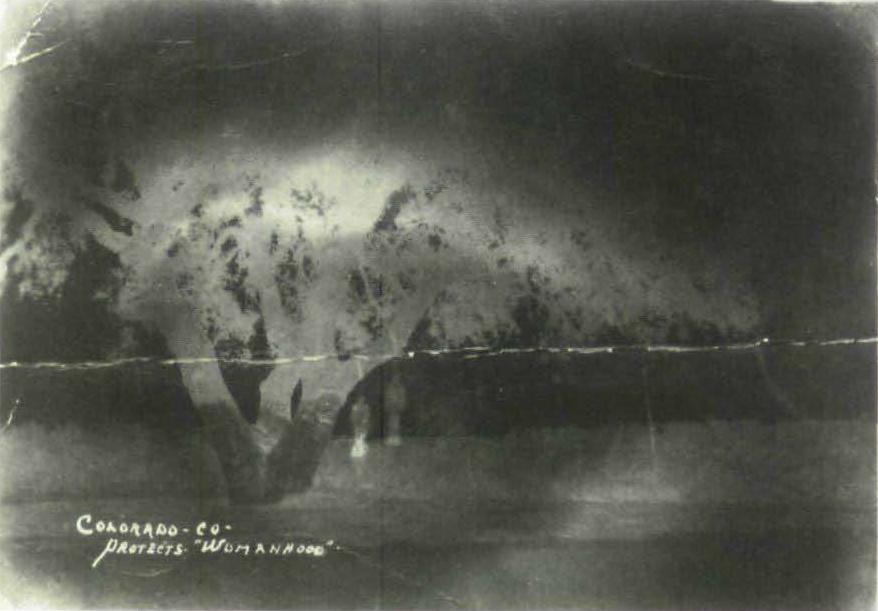
Links: Nesebitt Memorial Library
Bibliography
Stein, Bill. Personal Interview. 14 October 2006.
Bill Stein was an excellent resource for this project. He knew an enormous amount Columbus history. For every question I asked, he had an answer. He currently works at the Nesbitt Library which was were our interview was held.
City of Columbus : Historical Marker Guide. Columbus: Columbus Convention and Visitors Bureau, 2006.
This pamphlet contained all the historical markers Columbus has. The information written is just as it is written on the actual marker.
“Columbus, Texas Visitors Guide.” Columbus Convention and Visitors Bureau. October 2006.
“ Should Columbus “Hanging Tree” Be Cut Down?” October 2006. Cannon, Len. 19 October 2006 <html://www.khou.com/news/local/spotlights/stories>.
By Len Cannon, this story was done recently concerning the significant meaning behind the tree and how people felt about the issue.
“Columbus Texas 1823-2003” .Columbus Convention and Visitors Bureau. October 2006.
“Colorado County’s” October 2006. Tell the history of Colorado County’s Court House in Columbus.
Nesbitt Memorial Library. 19 October 2006. <html://www.columbustexas.net/library>.
“Columbus Texas Sesquecentennial, Inc.,” 1977. Massengill, Fred I.
Historical and building and events which took place in Columbus.
City Cemetery. November 2006.
This is where the photos of the gravesties were taken. At this burial site, some of the founding fathers, such as William B. DeWees, are buried there.
“ Columbus, TX.” Handbook of Texas Online. 7 October 2006 <html://www.tshu.utexas.edu/handbook/online>.
This website had useful information on the history of Columbus in may aspects.